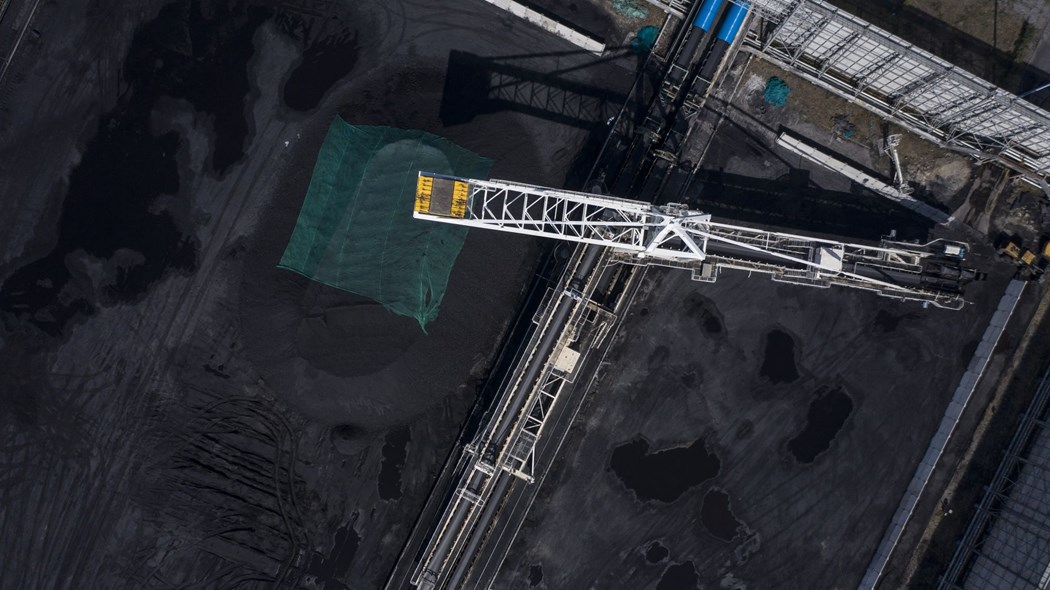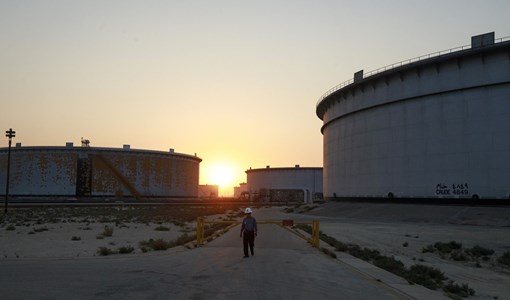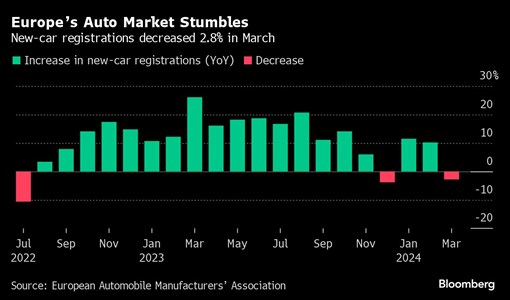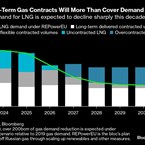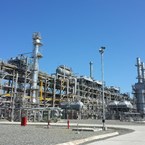China’s Reopening Boost to Commodities Prices Is Losing Power
(Bloomberg) -- The China reopening trade for commodities is showing signs of flagging, as weak demand offsets speculative bets that the end of Covid Zero will reignite growth.
Although there seems little doubt that the economy will bounce back this year, questions over the timing and degree are capping prices from copper to coal and crude oil. Highlighting the uncertainty, Caixin’s report on Wednesday showed that manufacturing shrank for a sixth straight month in January, undercutting a more positive reading on factory activity from the statistics bureau the day before.
Copper futures have risen about 20% since the start of November, the month when China’s commitment to Covid Zero first began to wobble. That puts the metal at risk of a pullback if demand conditions don’t improve soon, said Jiang Hang, head of trading at Yonggang Resources Co. in Shanghai.
“We are very cautious on copper, which has priced in high expectations” as China reopens, said Jiang, citing a build-up in domestic stocks and low run-rates at fabricators. Belying the run-up in futures markets, spot and import premiums for the metal have dropped, with the premium paid at the port of Yangshan falling to its lowest since April.
Thermal coal prices are also in decline. That’s due in part to rising temperatures, but it also reflects weak industrial consumption as many firms are still to emerge from the Lunar New Year holiday, Fengkuang Coal Logistics said in a report. Even the recovery in China’s oil demand, fueled by a resurgence in travel, could fall short of expectations, according to Bloomberg Intelligence.
Clouding the picture is a dearth of top-line data for the rest of the month. China typically combines its January and February economic statistics for publication in March to smooth out the impact of the Lunar New Year, which will leave investors to pick over lesser indicators to judge the near-term trajectory for growth.
Further out, cracks are starting to appear in the nation’s demand prospects. Caterpillar Inc. warned overnight that its machinery sales in China will be softer this year, which lines up with the idea that Beijing’s efforts to revive the economy will emphasize the services sector over metals-intensive state spending on construction.
“We are relatively neutral on China’s future consumption,” Yonggang’s Jiang said of copper. “There isn’t room for massive fiscal stimulus from the government.”
The Week’s Diary
Wednesday, Feb 1:
- MMG Ltd. briefs on 4Q results, 09:00
- Caixin’s China factory PMI for January, 09:45
- CCTD’s weekly online briefing on China’s coal market, 15:00
Thursday, Feb 2:
- Nothing major scheduled
Friday, Feb 3:
- Caixin’s China services & composite PMIs for January, 09:45
- China weekly iron ore port stockpiles
- Shanghai exchange weekly commodities inventory, ~15:30
On The Wire
- Iron Ore Near Seven-Month High After Vale Misses Output Estimate
- Housing Slump Deepens From US to China in Risk to Global Growth
- Shein Can’t Be the Model for China’s Solar Boom: David Fickling
--With assistance from .
More stories like this are available on bloomberg.com
©2023 Bloomberg L.P.
KEEPING THE ENERGY INDUSTRY CONNECTED
Subscribe to our newsletter and get the best of Energy Connects directly to your inbox each week.
By subscribing, you agree to the processing of your personal data by dmg events as described in the Privacy Policy.
More oil news

Oil Erases Gain as Traders Weigh Israeli Response to Iran Attack
Apr 16, 2024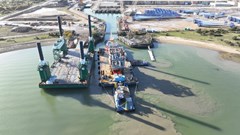
Kent confirms enhanced project alliances with ExxonMobil and Repsol Norge
Apr 16, 2024
Mexico’s Sheinbaum Plans to Spend Billions on Gas, Solar Plants
Apr 15, 2024
What’s Next for Crude Oil? Analysts Weigh In After Iran’s Attack
Apr 15, 2024
Oil Traders Weigh Risks of Iran-Israel Conflict in Tight Market
Apr 14, 2024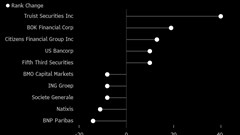
US Regional Banks Dramatically Step Up Loans to Oil and Gas
Apr 14, 2024
Oil Rises to October High as Israel Prepares for Iranian Attack
Apr 12, 2024
Gold Hits New Record, Oil Rises on Mideast Tension: Markets Wrap
Apr 12, 2024
Oil Swings Near $90 With Risk of Iran Strike on Israel in Focus
Apr 11, 2024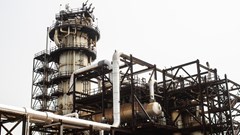
Oil Holds Two-Day Loss as Report Points to Rising US Inventories
Apr 10, 2024
Energy Workforce helps bridge the gender gap in the industry
Mar 08, 2024
EGYPES Climatech champion on a mission to combat climate change
Mar 04, 2024
Fertiglobe’s sustainability journey
Feb 29, 2024
Neway sees strong growth in Africa
Feb 27, 2024
P&O Maritime Logistics pushing for greater decarbonisation
Feb 27, 2024
India’s energy sector presents lucrative opportunities for global companies
Jan 31, 2024
Oil India charts the course to ambitious energy growth
Jan 25, 2024
Maritime sector is stepping up to the challenges of decarbonisation
Jan 08, 2024
COP28: turning transition challenges into clean energy opportunities
Dec 08, 2023
Why 2030 is a pivotal year in the race to net zero
Oct 26, 2023Partner content

Ebara Elliott Energy offers a range of products for a sustainable energy economy

Essar outlines how its CBM contribution is bolstering for India’s energy landscape

Positioning petrochemicals market in the emerging circular economy

Navigating markets and creating significant regional opportunities with Spectrum


